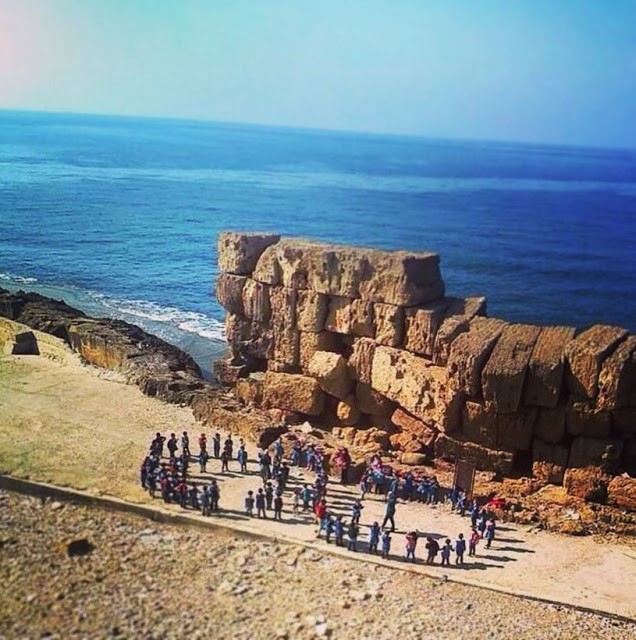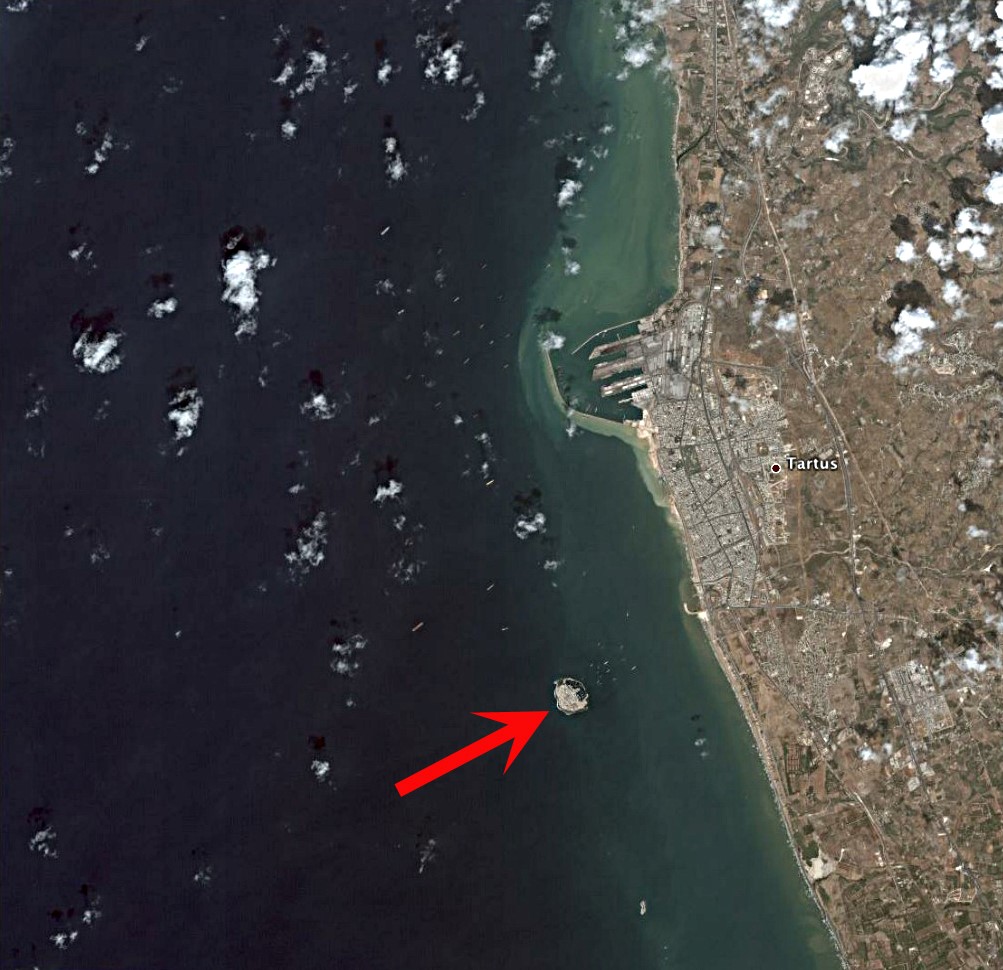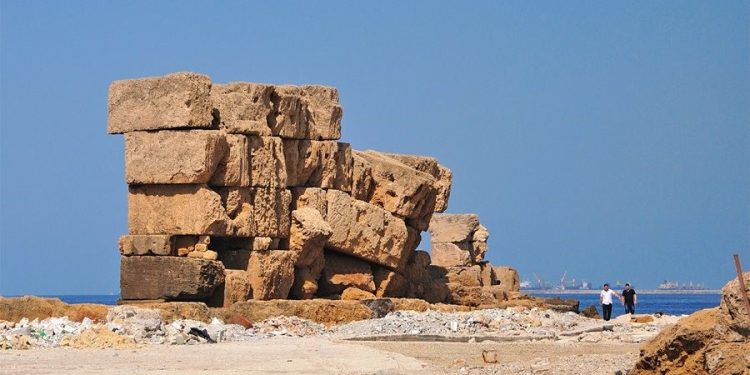The Arwad megalithic wall once enclosed the entire island of Arwad with massive stones stacked so precisely that modern engineers still debate how it was built. This ancient fortress, long forgotten, holds clues to a lost civilization’s power, mystery, and technological skill.
Off the Mediterranean coast of Syria lies the island of Arwad—also known historically as Aradus or Ruad—a place that once served as a thriving hub of maritime power. Though small, just a few kilometers from the port city of Tartus, Arwad stands out in history as the only inhabited island along Syria’s Mediterranean coast. But what truly sets it apart is a nearly vanished yet awe-inspiring structure: the Arwad megalithic wall.
In ancient times, this wall spanned the entire island, forming a formidable barrier that shielded Arwad from sea and invaders alike. Constructed from massive stone blocks, many weighing several tons, the wall’s cyclopean architecture has stunned scholars. Today, only fragments of this once-mighty structure survive—but they continue to stir questions that remain unanswered.
How could such colossal blocks be transported and stacked with such precision on a small island over 3,000 years ago? What drove the builders to use stones of such size instead of more manageable materials?

The island’s strategic location made it a vital outpost in ancient maritime trade. The Phoenicians settled Arwad in the early second millennium BC, transforming it into an independent city-state. It became one of the earliest known examples of a republic in the Levant, where power rested with the people rather than a monarch. The city’s influence extended across the seas, with its navy referenced in ancient Egyptian and Assyrian records.
Arwad also featured an artificial harbor carved into the island’s eastern edge, enhancing its trade connections with the mainland. Combined with the protection offered by the Arwad megalithic wall, the island became a stronghold of economic and military power.
Ancient Arwad and its mysterious engineering
The surviving remnants of the Arwad megalithic wall reveal more than just architectural prowess—they hint at forgotten engineering techniques. Similar to other cyclopean structures found across the Mediterranean and beyond, the Arwad wall consisted of gigantic stones stacked without mortar, locked in place with astounding precision.
These remaining blocks stand as silent evidence of a time when ancient builders somehow manipulated materials far beyond what modern scholars thought possible for their era. Why use such massive stones? What technology or purpose justified the extraordinary effort?
While some suggest the wall was designed for military defense, others speculate it had symbolic or religious significance. Yet no definitive answers exist. The story of the Arwad megalithic wall has largely faded from public memory, buried beneath centuries of erosion, war, and modernization.

Still, biblical references preserve a trace of its importance. In Genesis (10:18) and Ezekiel (27:8,11), the Arvadites—descendants of Arwad—are mentioned as seafaring people. These textual echoes, combined with the wall’s surviving stones, suggest a civilization more advanced and organized than previously believed.
The global puzzle of megalithic architecture
Arwad is far from unique in showcasing unexplained megalithic engineering. Across the globe, from Peru to Japan, from Easter Island to Malta, ancient structures made of impossibly large stones defy conventional timelines and technological assumptions.
The Arwad megalithic wall joins this list of global enigmas. Despite limited access to modern tools or heavy machinery, ancient people constructed walls, temples, and fortresses with stone blocks that modern cranes would struggle to lift. And Arwad, isolated and small, somehow played its part in this worldwide phenomenon.
How did they do it? The answers remain elusive. But the mystery surrounding the Arwad megalithic wall speaks to a larger truth, as author Graham Hancock once put it: “We are a species with amnesia.”
The few surviving stones of the Arwad wall stand not just as archaeological remnants—but as a challenge to our understanding of ancient history, engineering, and what humanity was once capable of achieving.











